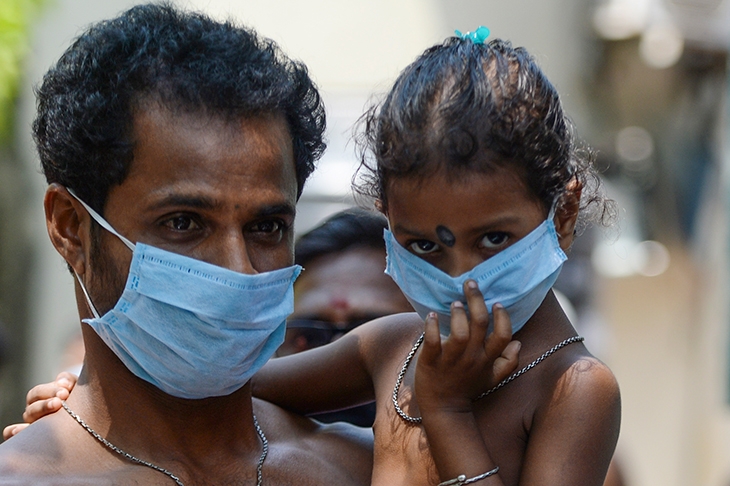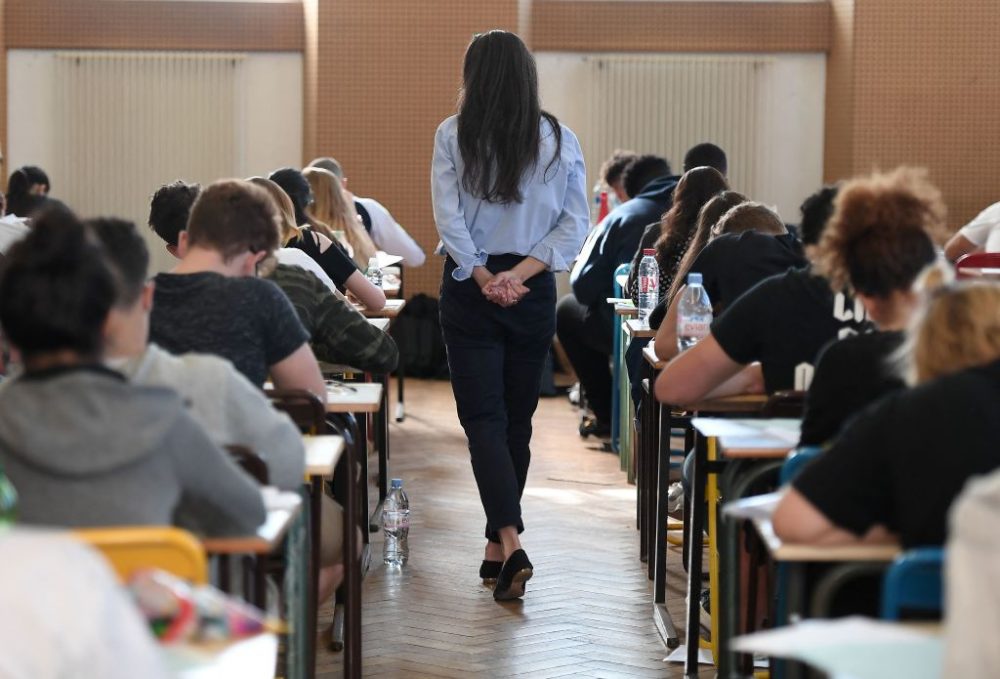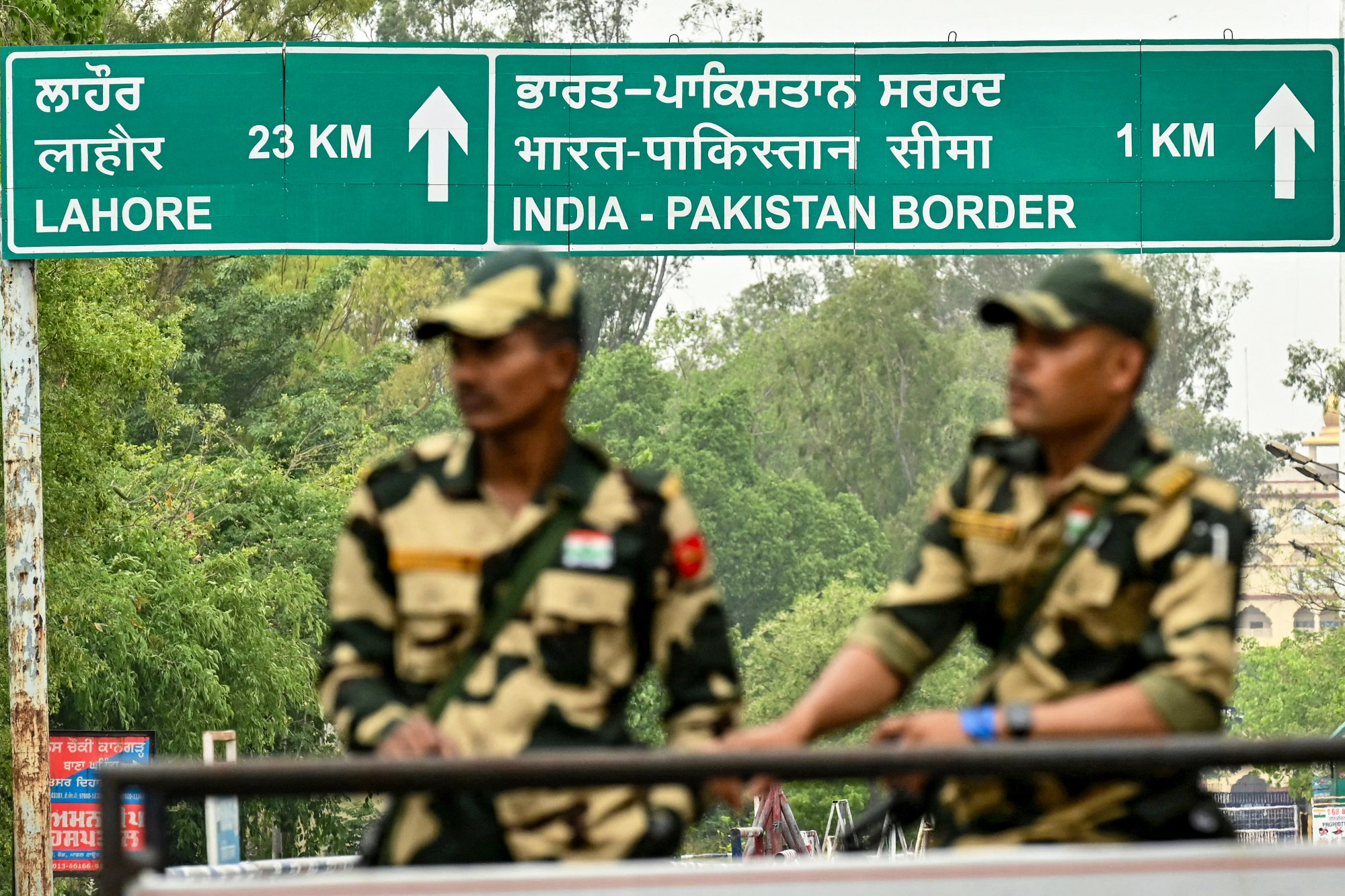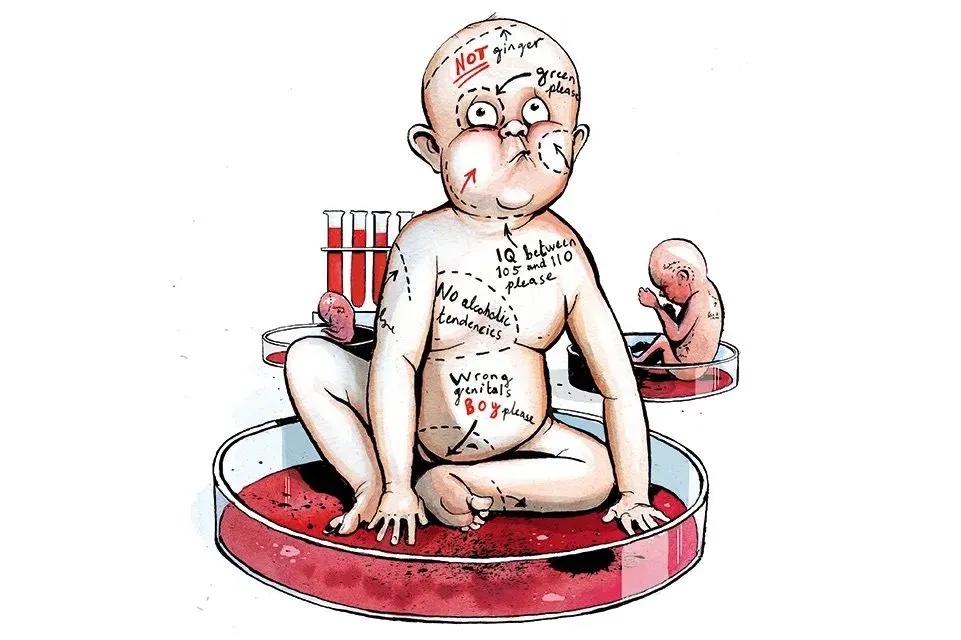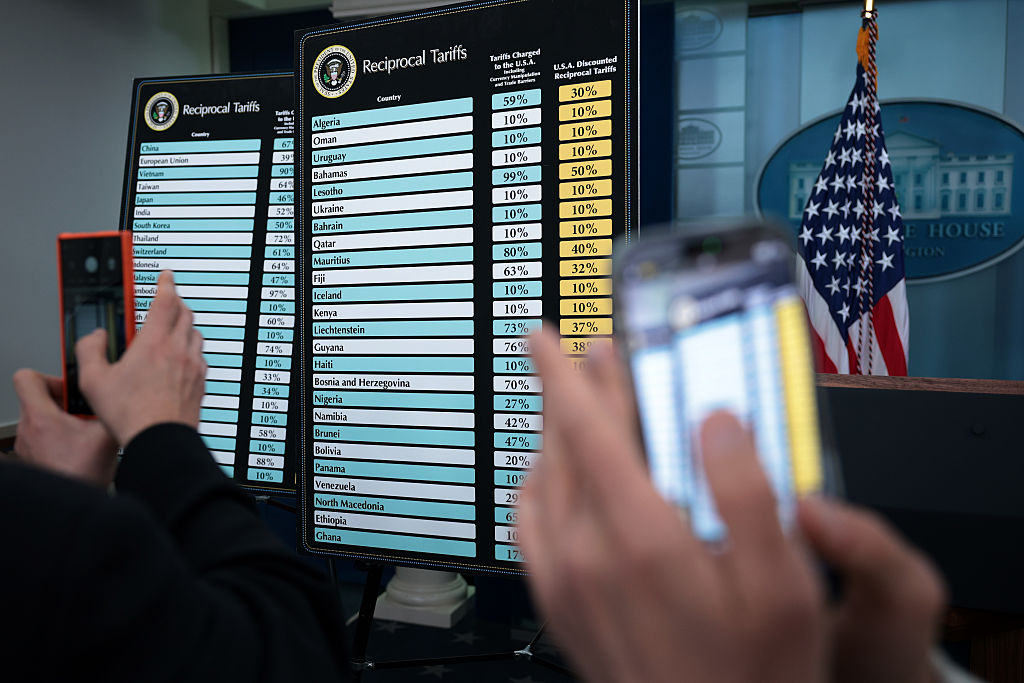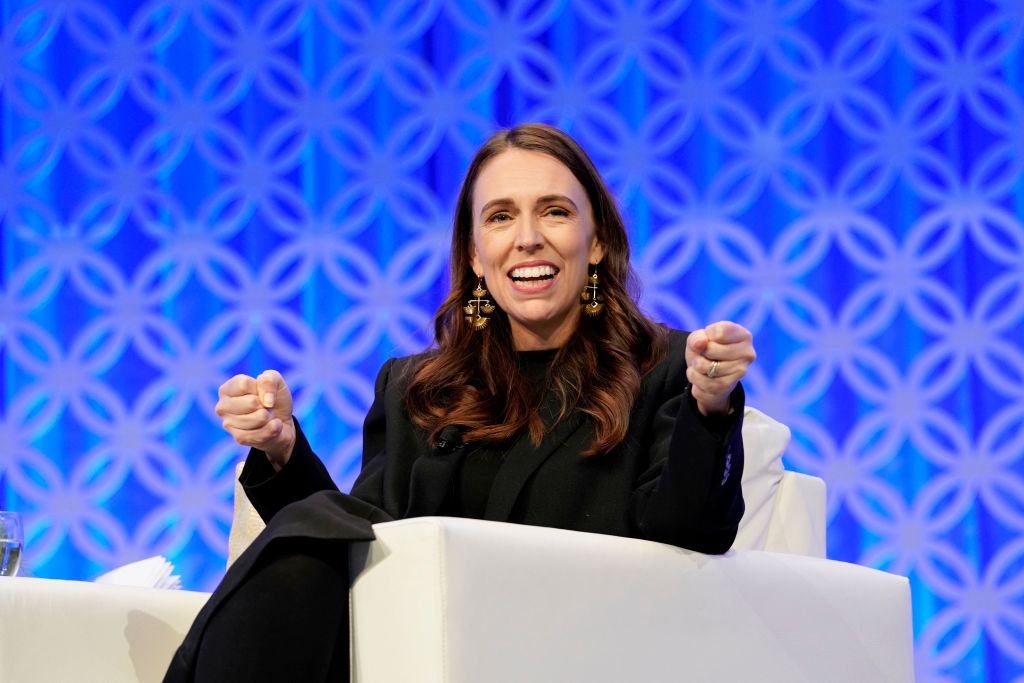Hospitals in Delhi are openly pleading for supplies of medical oxygen, a commodity so scarce that it is now being sold on the black market for almost 10 times the normal cost. Makeshift crematoria are being set up around the city to cope with the surge in the number of deaths. Richer countries are asking why India, with 20 million COVID cases now recorded, is so reluctant to lock down again. It is a good question. The answer lies in the disastrous effects of lockdown for so much of India’s population.
Closing any society has serious consequences, but the results were always going to be worse in the developing world. I have been watching the pandemic unfold in India from Stanford University, where I’m a professor of medicine. But for me, it is not just an abstract problem in a faraway country. I was born in Kolkata and still have many family members in India. Some have contracted COVID, while others have suffered from the terrible effects of lockdown.
As soon as the pandemic started, India followed the familiar litany of COVID lockdown policy: masks, a test-and-trace system, school closures and border closures. India was one of the first emerging economies to announce a lockdown and adopted one of the world’s most stringent approaches.
Stay-at-home advice is easier to follow if you have a proper home. But in India’s slums, where millions of people live, quarantine is almost impossible — as is the concept of ‘working from home’ or home-schooling.
Then there are migrant laborers, 10 million of whom were living in India’s cities before the pandemic. Lockdown meant many of them immediately lost their jobs, livelihoods and homes. Millions started on the long journey back to their villages on foot, not knowing whether they would ever make it home.
We know some of the stories of the dead. Hayar Mohamad was a mason who perished on his 600-mile walk from Hyderabad to West Bengal. Police said he appeared to have ‘exhausted all resources’ as he made the journey back home by foot. Ram Biswas, a 36-year-old builder, died from apparent starvation after attempting to cycle 450 miles home when he lost his city job. Ranveer Singh tried to walk 125 miles after the closure of the Delhi restaurant he worked in, but also died. All told, at least 900 people are understood to have perished in this migration — now known as India’s Trail of Tears.
Lockdown meant precipitating India’s largest human displacement since partition in 1947. The forced resettlement of massive numbers of Bengalis, including my grandparents, is within the ancestral memory of my older family members, who recall the story with horror.
Lockdown has also had a devastating impact on other areas of Indian society, particularly when it comes to nutrition, immunization and other services for children. Take tuberculosis, which even before COVID was claiming 1,000 lives a day in India. By April last year, the number of BCG jabs administered to children had fallen by half, as had the number treated for tuberculosis. Exact medical figures in India are notoriously difficult to get hold of, but studies pointed to the fact that every extra month of lockdown in India would equate to 71,300 extra deaths from tuberculosis alone over the next five years.
Already, the United Nations reckons that the disruption to nutrition and medical services has given rise to a 15 percent increase in child mortality in India, which equates to an estimated death toll of 154,000. And that’s before adult mortality is included. Kaushik Basu, a former chief economist of the World Bank, says that lockdown served a ‘double shock’ to India, causing the economy to tank and infections to surge among the poor.
There has been some praise for India’s lockdown. The British Medical Journal published a study hailing the Mumbai experience as a ‘success story’. But one study in Mumbai found that COVID had infected 57 percent of people living in the Dharavi slums (where lockdown was impossible to enforce), while the figure for the rest of Mumbai was only 16 per cent.
One way to understand the trajectory of cases in India is to see that the lockdowns at first protected the professional Zoom class from infection, while exposing the poor. But it was never a guarantee that more affluent populations would not end up affected by the disease as well. India’s experience is consistent with the track record of lockdowns around the world. Official Indian government estimates suggest that between 37,000 and 80,000 lives have been saved by lockdown. Even if this estimate is right, the numbers are surpassed by the death and suffering lockdowns also caused.
What could have been done differently? A better strategy of vaccination, for a start. When the shot first became available in India, I argued for focused protection of the elderly population. There is a thousand-fold difference in the risk of mortality from COVID between the young and old, so protecting elderly Indians from infection would yield substantially lower COVID mortality and hospitalization, as well as reduce pressure on healthcare systems.
So far, vaccines have been delivered to roughly 10 percent of India’s population — which would have been more effective if shots had been targeted at those most at risk. Instead, perhaps half these jabs have gone to those who have had the virus and will therefore have natural immunity. Worse, nearly 60 percent of these vaccine doses have gone to people under 60, leaving a vast number of the older population vulnerable during the recent surge in cases. Rather than focus on those most at risk of dying, India has made the vaccine available to anyone over 18, which has diverted even more doses from the poor high-risk elderly to the more affluent low-risk young.
But before we in the West shake our heads at India’s misplaced priorities, we ought to ask: is Britain not also guilty? The UK’s vaccination success has now covered the at-risk groups who constitute 99 percent of COVID deaths. On Monday, just one COVID death was registered in England. But the plan is to keep vaccinating the British population right the way down to teenagers and children. Why not donate these vaccines to India instead?
The US is also turning its attention to vaccinating its younger population. Some colleges in America require students to show proof of COVID vaccination to enroll in school, even though they are not particularly vulnerable to the disease. On campus, students will quite rightly be encouraged to take their role as global citizens seriously, to care about developing-world poverty and the impact of climate change. But if Britain and America are sitting on millions of doses of vaccine that could save the lives of India’s elderly, what should we do? Share the vaccine? Or give it to those for whom it would make little or (in the case of those who have recovered from the disease) almost no difference? It is hard to find a moral justification for not doing more to help.
India makes lots of vaccines. Yet Angela Merkel, the German chancellor, has complained that India is not exporting enough of its supplies to Europe. Discussion should instead focus on how to save as many lives as possible — and how it is more important to vaccinate older, high-risk Indians than young Americans and Europeans with minimal mortality risk. Given that recovering from COVID offers 95 percent protection against reinfection, those who have had the virus ought to be last in line for a vaccine. Joe Biden is sending raw materials to help make AstraZeneca vaccines in India: no great hardship, seeing as the ‘Oxford jab’ has not yet been authorized in the United States. The US has sent limited shipments of medical equipment as well. Britain is donating 1,000 ventilators, having plenty left over from a panic purchase last year (based on what turned out to be wrong advice from scientific advisers). But what about jabs, to stop people needing those ventilators?
I was one of the signatories of the Great Barrington Declaration, which advocated shielding those most at risk, and fewer restrictions for those at low risk. When vaccine programs have followed this general principle and been targeted at those most in need — as they have been in Britain — the results have been extraordinary. We should ask: why not apply this principle worldwide? When our own at-risk groups have been protected, might we then start to help countries still in mortal peril?
Britain and America both have proud records of helping friends in need. There can be no better example, right now, of a country needing aid than India.
This article was originally published in The Spectator’s UK magazine. Subscribe to the World edition here.



